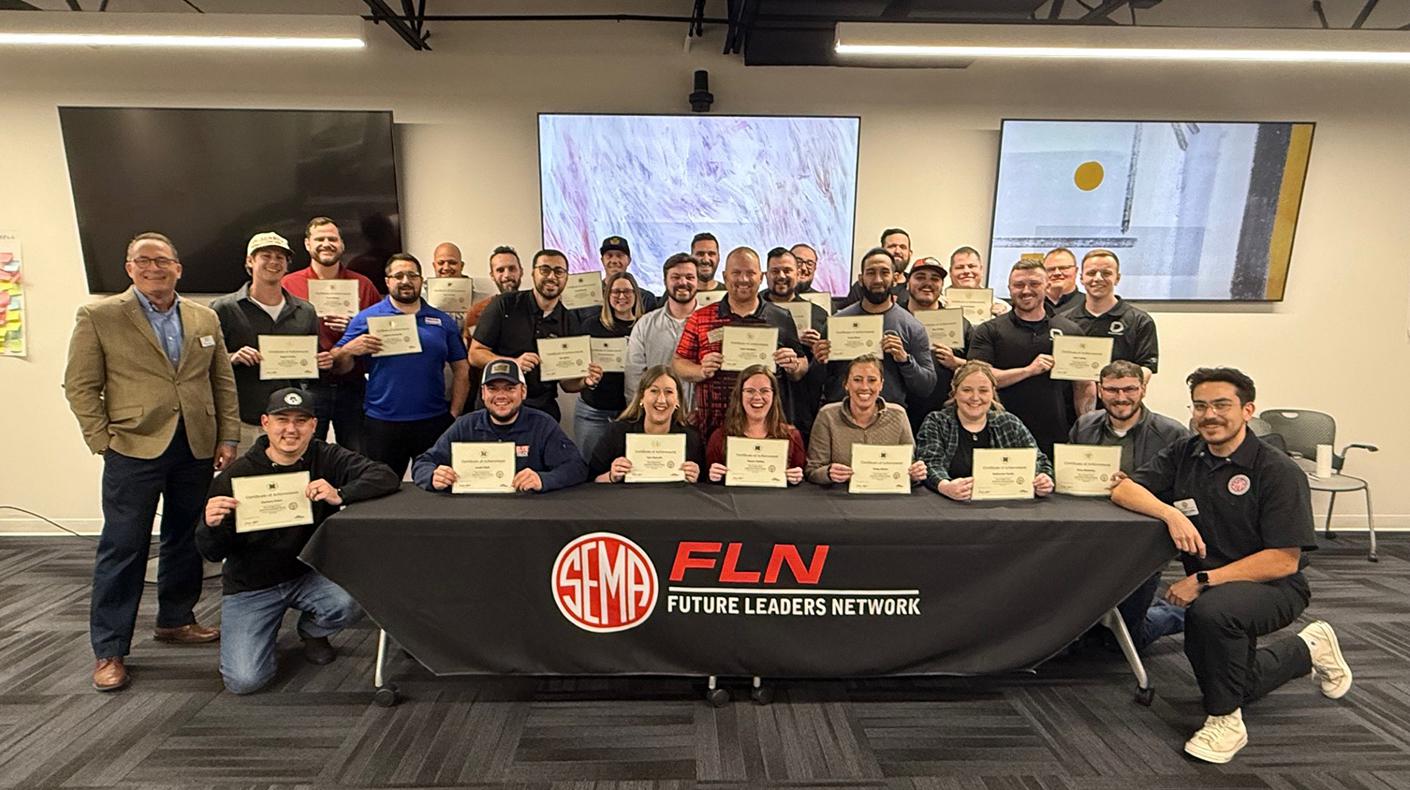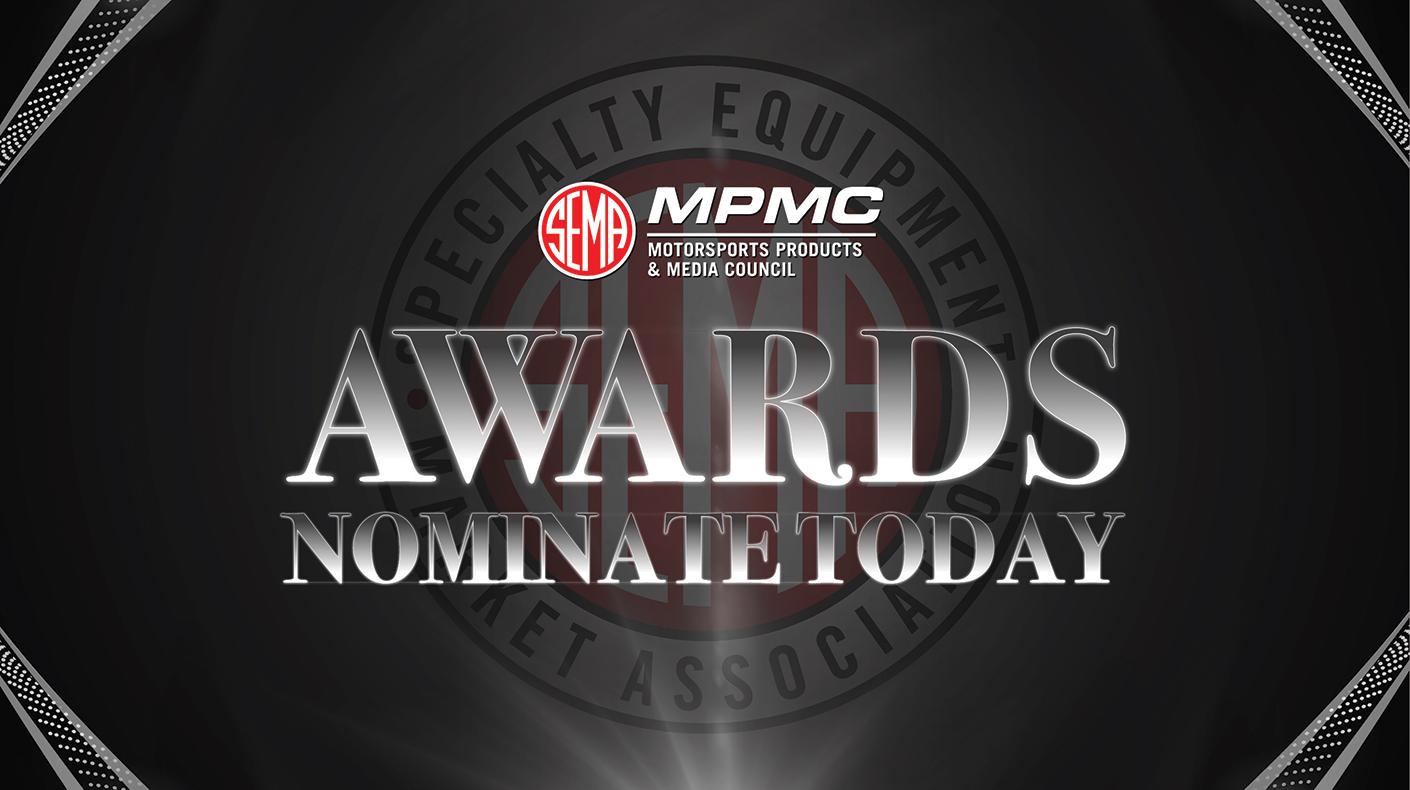 Event organizers were unable to identify more than 2¼ miles of salt suitable for a safe course to hold Speed Week at the Bonneville Salt Flats. | |
By SEMA Washington, D.C., Staff
Deteriorating conditions and wet weather at the Bonneville Salt Flats (BSF) forced the Southern California Timing Association/Bonneville Nationals Inc. (SCTA/BNI) to cancel Speed Week, which was scheduled to start on August 8. The event organizers were unable to identify more than 2¼ miles of salt suitable for a safe course. Speed Week began in 1949 and is the largest annual racing event held at the BSF, with hundreds of teams racing every type of vehicle, from hot rods, roadsters and belly tankers to motorcycles, lakesters and streamliners. The event was also cancelled in 2014 due to rain, the first cancellation since the '90s.
Despite a rich history of racing for over a century, the salt flats have significantly decreased in size, strength and thickness over a number of decades as salt brine has been channeled away from the area.
The BSF’s international track once measured 13 miles long but has been reduced to 8 miles or less. This means the world’s fastest cars, jet-powered machines, can no longer compete at the BSF.
The land has been managed by the U.S. Bureau of Land Management (BLM) since 1946. It is also listed on the National Register of Historic Places and designated an Area of Critical Environmental Concern (ACEC) and the Bonneville Salt Flats Special Recreation Management Area (SRMA).
SEMA, along with other organizations and companies comprising the Save the Salt Coalition, has been working for years to help save the BSF. The racing community began raising concerns about salt deterioration as early as the '60s. The Coalition contends the BLM has done little to address the problem aside from conducting numerous geological studies. SEMA and the Coalition worked with the adjoining potash mine owner to begin pumping salt brine onto the BSF in 1997. While the program was made permanent in 2012, the amount of brine pumped in recent years has not replaced the millions of tons of salt removed in previous decades.
 In response to the current deteriorated conditions at the Bonneville Salt Flats, the Bureau of Land Management intends to launch a detailed study of the salt crust later this year. | |
Last summer, the Coalition deposited about 2,000 tons of dry salt at the end of the access road to the BSF. Although modest in scope, it demonstrated that it was possible to return both dry salt along with the wet brine.
In response to the current deteriorated conditions at the BSF, the BLM intends to launch a detailed study of the salt crust later this year.
“Bonneville has been studied to death,” responded Stuart Gosswein, SEMA’s senior director of federal government affairs. “It’s time for the BLM to do something.”
The Coalition is now approaching federal and state lawmakers and regulators to pressure the BLM to implement an advanced reclamation program. Elements could include more dry and wet salt returns, replenishment of the shallow brine aquifer that supports the BSF and construction of surface and subsurface barriers around the racing area to prevent the pumped salt brine from migrating away and to block mud and other contaminants from entering the vicinity.
“It took decades for the BSF to deteriorate, and it will take decades to undue the damage,” said Gosswein. “The Coalition is setting goals for measuring progress. The ultimate objective is to restore the international track to its 13-mile length. The Coalition is now engaged with lawmakers, regulators and the public to establish the framework for achieving this goal.”
Events still scheduled to take place this year if weather and salt conditions improve include:
- August 30–September 3: Bonneville Motorcycle Speed Trials
- September 12–15: World of Speed
- September 17–21: Cook Landspeed Events FIA-FIM Speed Trials
- September 29–October 2 (Sept. 28 inspections): World Finals
For more information, contact Stuart Gosswein at stuartg@sema.org.





